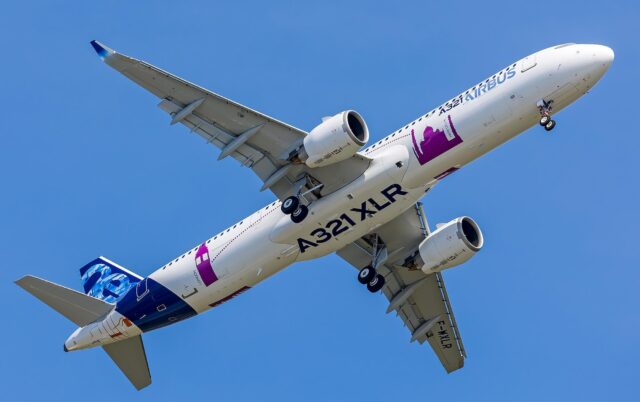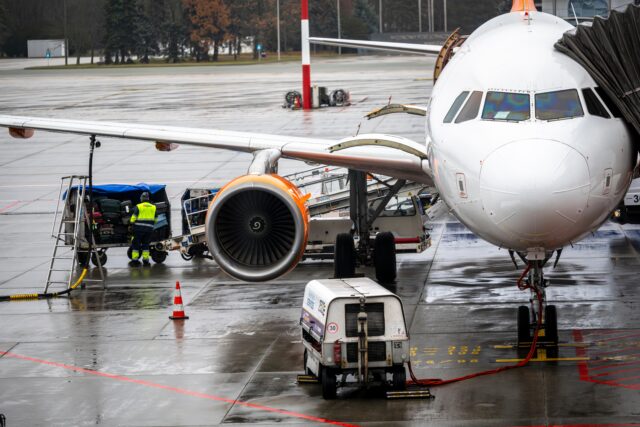Google Flights now shows ‘contrail warming’ potential for every flight

July 10, 2025

After two years of research, debate and development, Google Flights is now showing a contrail risk classification for every commercial flight.
Based on the Travel Impact Model (TMI), passengers can now see both the CO2 estimate and contrail risk for their flight.
TMI is administered by Google and overseen by an independent Advisory Committee that consists of world-leading experts on sustainability and aviation.

“This is the first attempt at presenting consumers with the potential contrail impact of their flight at the time of booking,” says says Jayant Mukhopadhaya, senior aviation researcher at the International Council on Clean Transportation. “We are curious how/if it will affect consumer behaviour.”
How Google Flights calculates control warming potential
Google Flights first launched its Travel Impact Model in 2021, showing CO2 emissions and, for a time, also showing non-CO2 impacts, including contrails.
However, in July 2022, Google removed contrails and other non-CO2 effects from its public estimates. At the time, Google said it couldn’t confidently estimate these effects for specific flights.

Contrails and non-CO2 emissions are highly variable, depending heavily on real-time weather, altitude, time of day and season. The TIM consortium have been working hard to refine the model so that it can predict these impacts.
“It has been a consistent 2-year effort in stretching and reaching for the most actionable information that science allows us to say about the contrail impact of a flight in the future,” says Mukhopadhaya.
Now, the TIM model can account for variables like the season, the latitudes of the origin and departure airports, and the time of day of the flight.

The model computes “contrail energy forcing”, which expresses the heat-trapping potential of contrails as a multiple of a flight’s 100-year GWP CO₂e emissions. This provides a sense of how significant contrails could be relative to CO₂ for that specific flight leg.
The output given is either a ‘low’, ‘medium’, or ‘high’ classification, a deliberately vague choice to highlight the scientific limitations of the estimate.

Other aspects of the TIM have been evolving too. The core CO2 estimate was updated to use the EEA 2023 fuel burn model, improving accuracy, and a distance correction factor, adding 5% to Great Circle distance, better reflect real-world flight paths.
How significant are aircraft contrails to global warming?
Aircraft contrails are surprisingly significant contributors to global warming, often more impactful than the CO₂ emitted by the aircraft themselves.
The IPCC and more recent studies estimate that non-CO₂ effects, especially contrails and induced cirrus clouds, account for two-thirds of aviation’s total climate impact.
The most cited ratio comes from Lee et al. (2021), who found that aviation’s non-CO₂ warming effects (mostly from contrails) are 2–3 times higher than its CO₂ emissions on a 100-year global warming potential (GWP100) basis.

While CO₂ lasts for centuries, contrail cirrus clouds can warm the planet immediately and strongly, though they persist for only a few hours.
During the day, contrails can reflect sunlight, offering some cooling. But at night, they only trap heat, making overnight long-haul flights particularly problematic.
Contrails are seen as one of the most actionable levers to reduce aviation’s impact on the planet, and plenty of companies are working to mitigate them.
Google is working with American Airlines to develop AI-driven contrail forecasting. Thales is working with Amelia to provide alternative flight trajectories that reduce contrail formation. GE and NASA have a contrail mapping project going.
While the industry works to stop contrails from forming, Google’s update means passengers can now make informed choices about their flights.
















